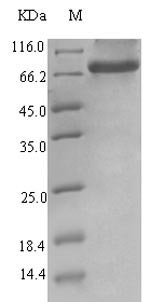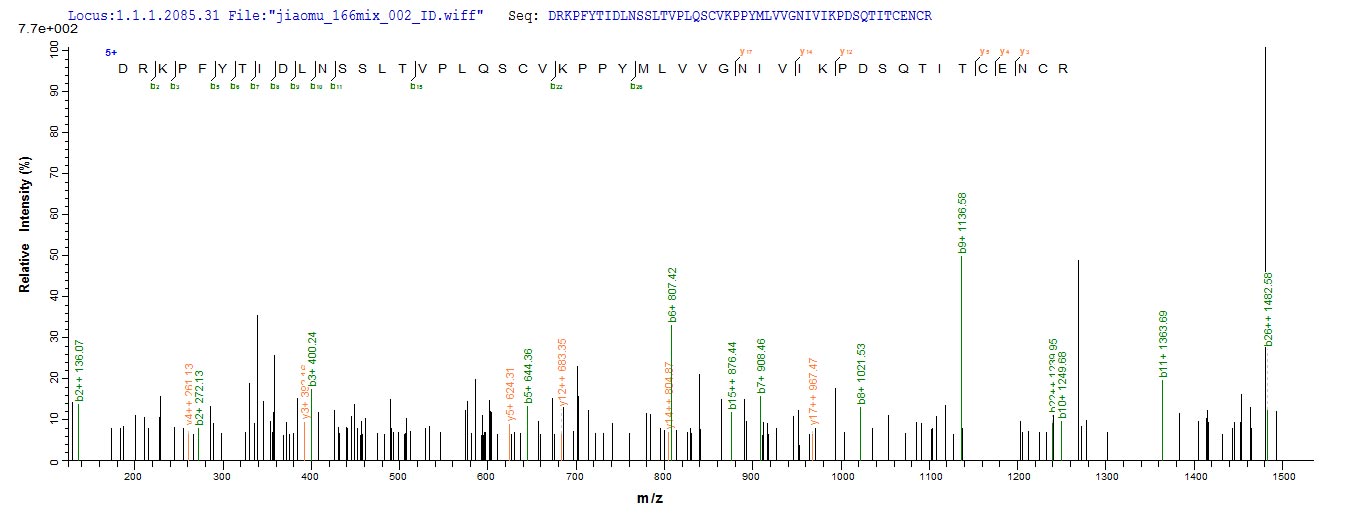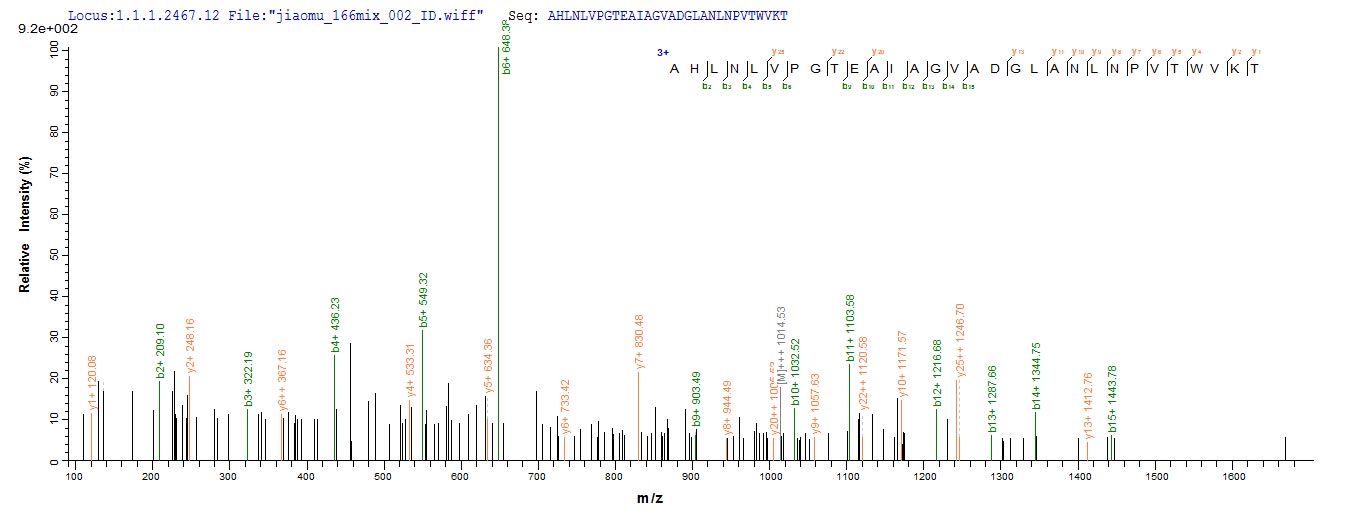Like all recombinant proteins, this Recombinant Human ERVK-6 protein was encoded by recombinant DNA. The recombinant DNA was introduced to a plasmid in which the gene of ERVK-6 was cloned downstream of a promoter region. When the plasmid was introduced to the cells of E.coli, the E.coli’s own protein synthesis pathways would then result in the expression of the ERVK-6 protein. And the next step was protein purification. The purity of this recombinant protein is 90%+ determined by SDS-PAGE.
ERVK-6 is known as HERV-K, which has been considered as a supergroup of viruses. One of the subtypes, termed HML-2, seems to be the most active and hence, it is the best studied. Aberrant expression of HML-2 in adult tissues has been associated with certain types of cancer and with neurodegenerative diseases. Interestingly, HML-2 can also form viral-like particles, which have been detected in various cells, particularly teratocarcinomas and melanomas. . Although these viral-like particles are considered noninfectious, two independent research groups have demonstrated that the consensus sequence of HML-2 provirus can produce infectious particles. The involvement of HML-2 in pathological conditions, especially in malignancies, has been the focus of numerous publications. However, expression profiles of healthy tissues such as brain, heart, peripheral blood mononuclear cells (PBMCs), lung, liver, and breast indicate that several HML-2 proviruses are transcriptionally active, although the magnitude of expression in most healthy tissues is low. Since increased activation of HML-2 has been associated with several pathologies, it raises the question of whether these genes can be silenced to affect the outcome of these diseases.








